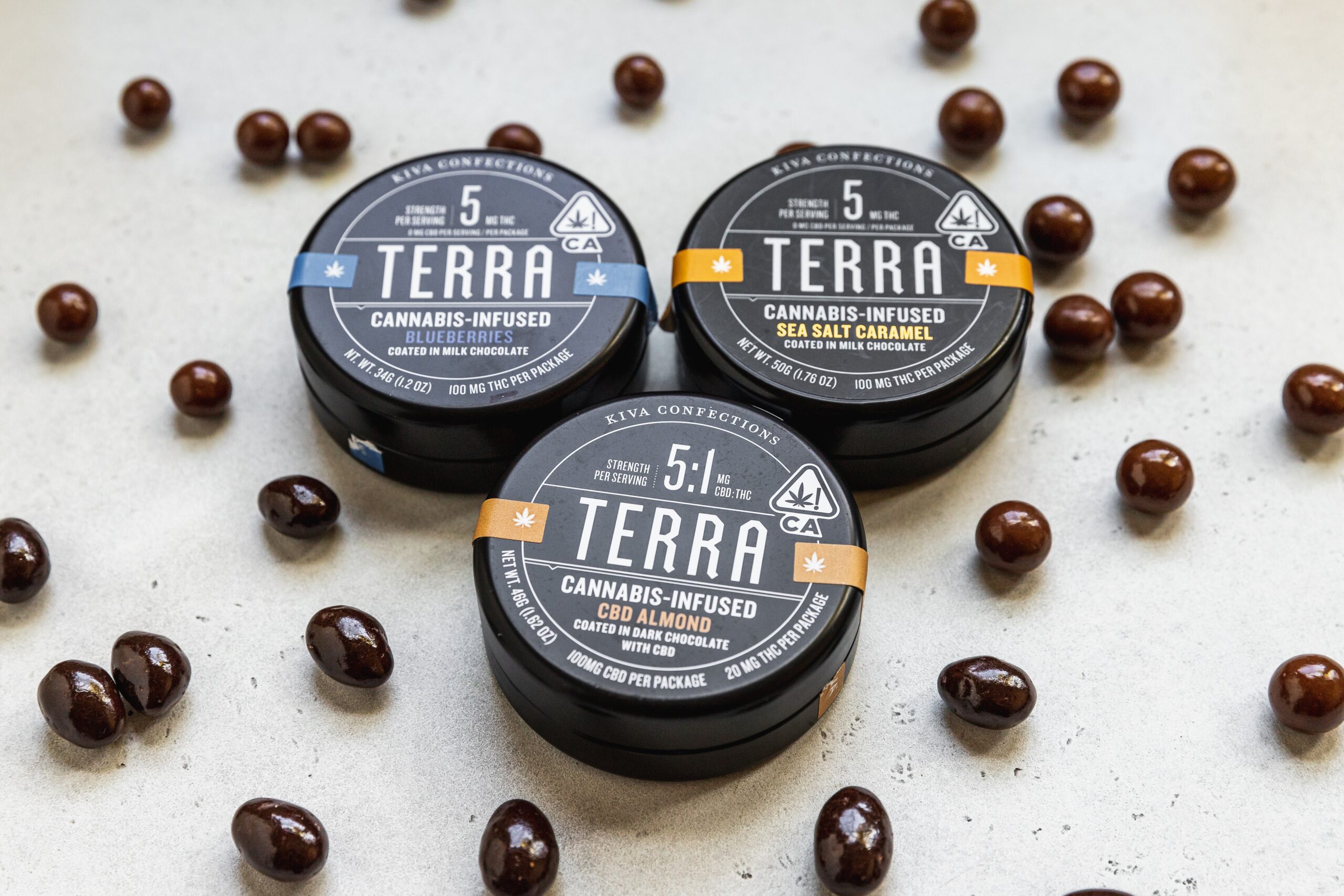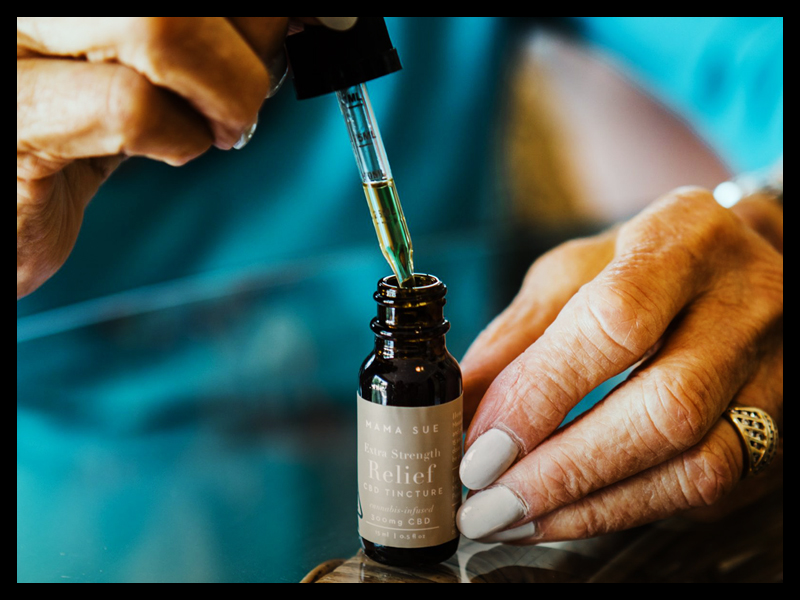
Weed and Exercise Recovery
The benefits of regular exercise and physical activity are well documented, including increased strength, endurance, and overall health. However, many people experience pain and soreness after intense workouts, which can make it difficult to continue a regular exercise routine. Fortunately, the connection between weed edibles and exercise recovery may offer some potential for athletes at all levels — including those who visit our Santa Ana cannabis dispensary.
Legal Requirements for Home Cultivation in California
In California, adults over the age of 21 are allowed to grow your own weed — up to six cannabis plants per household, as long as they are grown in a locked space that is not visible from a public place. This means that you cannot grow your plants outside, unless you have a tall fence or other barriers that prevent the plants from being seen from the street.
It’s important to note that some cities and counties have their own regulations regarding whether you can grow your own weed. Some cities may have restrictions on the number of plants you can grow, while others may ban home cultivation altogether. Before you start growing your own cannabis, it’s important to check your local laws and regulations to make sure you are in compliance.

Cannabis and Exercise Recovery
One potential way that cannabis may help with exercise recovery is by reducing inflammation. Inflammation is a natural response to tissue damage, but when it becomes chronic, it can lead to pain, stiffness, and reduced mobility.
Studies have shown that the cannabinoids in cannabis, particularly THC and CBD, have anti-inflammatory properties. THC, the primary psychoactive compound in cannabis, has been shown to reduce inflammation and pain in animal models. CBD, on the other hand, has been found to have anti-inflammatory effects in human studies.
In addition to reducing inflammation, cannabis may also help with muscle soreness and stiffness after exercise. A 2015 study found that a combination of THC and CBD reduced muscle spasms and stiffness in patients with multiple sclerosis, suggesting that cannabis may have potential as a muscle relaxant.

Cannabis and Exercise Performance
In addition to its potential benefits for recovery, cannabis may also have some potential benefits for exercise performance. While the research in this area is limited, some studies have suggested that cannabis may help with endurance, pain management, and motivation.
One study published in the Journal of Clinical Psychopharmacology found that THC improved exercise performance in a group of experienced runners. The participants who received THC ran faster and reported less discomfort during the exercise test.
Another study published in the European Journal of Pain found that a combination of THC and CBD reduced pain and improved sleep in patients with chronic pain conditions, which may help with exercise motivation and recovery.

Cannabis and Exercise Performance
While cannabis may have potential benefits for exercise and recovery, it’s important to be aware of the potential risks and limitations. For example, smoking cannabis may have negative effects on lung function, which could be a concern for athletes who rely on their respiratory capacity.
Additionally, cannabis can impair cognitive function, including reaction time, attention, and memory. This may be a concern for athletes who require quick reflexes and mental sharpness.
It’s also important to note that cannabis can have different effects on different people, and the optimal dosage and delivery method may vary depending on individual factors such as weight, tolerance, and medical history.
Tips for Cannabis And Exercise recovery
-
If you’re interested in using cannabis to help with exercise and recovery, there are a few things to keep in mind. First, it’s important to talk to your doctor or a qualified cannabis professional to ensure that it’s safe and appropriate for you.
Additionally, it’s important to start with a low dose and monitor your response carefully. Remember that the effects of cannabis can vary depending on the strain, dosage, and delivery method, so it may take some experimentation to find what works best for you.
Finally, be aware of the legal and social implications of using cannabis, particularly in public or while driving. Even in states where cannabis is legal, there are restrictions on where and when it can be consumed.
While the research on cannabis and exercise is still in its early stages, the preliminary results are promising. Cannabis may have potential benefits for both exercise recovery and performance, particularly in reducing inflammation, muscle soreness, and improving pain management.
However, it’s important to remember that cannabis is not a magic cure-all, and it may not work for everyone. Additionally, there are potential risks and limitations to consider, including impairment of cognitive function and lung function.
If you’re interested in using cannabis to help with exercise and recovery, it’s important to do your research and talk to a qualified healthcare professional. Remember to start with a low dose, monitor your response carefully, and be aware of the legal and social implications of cannabis use.
In addition to using cannabis, there are other ways to support exercise recovery and performance. Eating a healthy diet, staying hydrated, and getting enough sleep are all essential for maintaining a healthy body and mind.
Finally, it’s important to find an exercise routine that works for you and your individual needs. Whether it’s weightlifting, yoga, or running, there are countless ways to stay active and healthy. With the potential benefits of cannabis, you may find that you’re able to recover more quickly, reduce pain and inflammation, and perform at your best.
In conclusion, while there is still much to learn about the relationship between cannabis and exercise, the early research is promising. By working with a qualified healthcare professional and using cannabis responsibly, you may be able to reap the benefits of this powerful plant in your exercise routine.
It’s also important to note that there are different strains of cannabis that may have varying effects on exercise and recovery. Sativa strains are typically associated with uplifting, energetic effects, while indica strains are often associated with relaxation and pain relief. Hybrid strains may provide a combination of both effects.
When using cannabis for exercise and recovery, it may be helpful to experiment with different strains and consumption methods to find what works best for you. For example, smoking or vaping cannabis may provide a quicker onset of effects, while edibles may provide a longer-lasting, more subtle experience.
Conclusion
While more research is needed to fully understand the effects of CBD on exercise recovery, many athletes and fitness enthusiasts have reported positive results. Some companies have even started selling CBD-infused sports drinks and other products specifically marketed towards active individuals.
It’s important to note that, like with cannabis in general, CBD products are not regulated by the FDA and may vary in quality and potency. It’s important to do your research and purchase from reputable companies that provide third-party lab testing results.
Another potential benefit of cannabis for exercise and recovery is its ability to reduce stress and anxiety. Exercise is a great way to reduce stress, but for some individuals, it can be difficult to get started due to feelings of anxiety or stress.
Cannabis may help to reduce these feelings, making it easier to get motivated and start exercising. Additionally, the relaxation and euphoria induced by cannabis may help to enhance the experience of exercise, making it more enjoyable and rewarding.
However, it’s important to remember that cannabis can have different effects on different individuals, and may not be an effective treatment for everyone. In some cases, cannabis use may actually exacerbate feelings of anxiety or paranoia.
If you’re considering using cannabis to help with exercise and recovery, it’s important to start with a low dose and monitor your response carefully. It’s also important to talk to a qualified healthcare professional if you have any underlying health conditions or concerns about potential interactions with medications.
In summary, while the relationship between cannabis and exercise is still being researched, early findings suggest that cannabis may have potential benefits for exercise recovery and performance. Whether you’re looking to reduce pain and inflammation, improve relaxation and enjoyment of exercise, or enhance overall wellness, cannabis may be worth considering.
As always, it’s important to use cannabis responsibly, be aware of the legal and social implications of cannabis use, and consult with a qualified healthcare professional before incorporating it into your exercise routine.


